
“I would say that the way the world has reacted to Greta Thunberg, to Malala Yousafzai, to the Parkland Students Organization is symptomatic of our slowly waking up to the fact that the common sense and wisdom of today is coming from below.” – Scilla Elworthy
Wie können wir den Menschen geben, die Fähigkeiten, die sie benötigen, um Konflikte zu verhindern Eskalation und ihnen beizubringen, dass die Zusammenarbeit funktioniert am besten? Wir können nicht für eine nachhaltige Entwicklung ohne Frieden hoffen. Wie können Bildungseinrichtungen schaffen effektive Bildungsmodelle zu deutlich richtet alle Formen von Gewalt zu reduzieren?
Three-time nominee for the Nobel Peace Prize, Scilla Elworthy, founded Peace Direct in 2002. The goal was to fund, promote and learn from local peace-builders in conflict areas. Her TED talk on non-violence has been viewed by over 1.4 million people and her latest book, Der Business-Plan für den Frieden, presents 25 tried and tested strategies for preventing war and conflict. The book is supported by an online course that teaches skills and techniques for promoting peace and tolerance. All this research and curriculum is naturally good timing for the UN’s SDG16.
Die globale Suche nach Bildung is pleased to welcome Scilla Elworthy.

“We’ve learned at both the international level, dealing with nuclear weapons, and with the national and local levels, that prevention is by far the most cost-effective way of interrupting the cycle of violence.” – Scilla Elworthy
Scilla, we’re seeing young people all over the world from the Parkland Students Organization to Greta Thunberg to Malala taking on the global challenges. Where will these youth-driven movements take the world in the next few years?
I would say that the way the world has reacted to Greta Thunberg, to Malala Yousafzai, and to the Parkland Students Organization is symptomatic of our slowly waking up to the fact that the common sense and wisdom of today is coming from below. As to our leaders, many of them tend to be stuck in 20th century thinking in being combative instead of collaborative, in arguing and disputing who’s right and who’s wrong, rather than seeing the interconnection which is absolutely vital. Young people, especially leaders like the ones that we’ve mentioned, are highly aware of the need for interconnectedness. I know this from the work that I do with Peace Direct. Before I started the organization, we did research for a year to find out how many locally-led, effective and responsible initiatives there were in conflict areas where people were taking action locally to stop armed violence, and we were able to identify 350 in 1999. Doing the same research today, we know there are 1,790 of these initiatives at the very minimum. So, what we’re seeing is a huge extension of action being taken locally, very often by young people to stop violence, often risking their lives to do so; and this is worldwide.
Studies indicate that violence is the number 1 concern of young people in a number of countries. Do you believe world peace is a realistic goal or will war always be a part of our world in one form or another?
This is an interesting question whether war has always been a part of our world in one way or another because research now tells us that in the feminine led communities and civilizations between 5000 or 4000BCE and 2200 BCE, there was very little war. Tatsächlich, there’s no evidence of the fortifications of towns or villages, no evidence of weapons and very little evidence, falls, of violent death. I don’t think we should assume that war has always been a part of our world. Although, it certainly has for the past 2000 Jahre.
There’s lots of reasons for this and ways we can attribute war to becoming a part of our world today. Jedoch, because it’s not inherent in the human condition, I think there’s every chance that we can reverse the tendency or the habit of resorting to armed violence as a way of resolving problems, and find and invest in much more coherent and helpful, and much less destructive ways of resolving our problems. We’re seeing this now in the corporate world where there’s a lot more interest in finding ways to resolve issues in corporate life in ways that are in fact faster, more effective, and more fruitful than endless argument.
So, ja, violence is the number one concern of young people in a number of countries and that’s because over the past 200 Jahre, maybe longer, we’ve allowed the use of force and violence to be an accepted way to resolve conflict. Jedoch, you know and I know that particularly when feminine intelligence is applied, there are much more effective ways of resolving conflict than using violence.
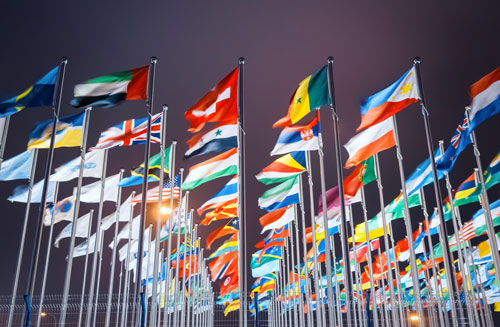
“We’ve learned that when people, particularly leaders, realize what is possible in terms of actually preventing war, they become very interested.” – Scilla Elworthy
What have you learned along the way about the attributes of female intelligence?
Feminine intelligence is available equally to men as it is to women and consists of several different attributes. One of them, and perhaps the most important, is listening. But the further ones involve knowing that we are interconnected. Knowing that the junk we chuck out in London is likely to end up polluting oceans in other parts of the world, or being dumped and putting out toxic components in a country where people are extremely poverty stricken and far less able to cope with surplus refrigerators, appliances, and general trash that we send off to other countries as landfill. So we’re becoming aware, and the young are particularly aware of this, of the responsibility that we have in the so-called developed world to remember that we are all interconnected. Another key attribute of feminine intelligence is intuition.
Education organizations have identified competencies and skills that young people need to flourish in the fourth industrial revolution. Should educators alone be responsible for teaching skills such as compassion, Mut, intuition, Empathie, and tolerance?
It’s marvelous when educators are taking on the responsibility for teaching these skills but I think we can take this further than that. It has a great deal to do with the qualities of our leaders. We saw, beispielsweise, in the case of New Zealand when there was the terribly devastating attack on the mosque, the Prime Minister, Jacinda Ardern came forward straight away, put on a head scarf, and you could see from her face that she was totally empathetic to the families of those who had died. We also know that, taking our cue from Jacinda Ardern, when women are in leadership positions, these steps are put into action much faster. I’ll give you some facts and figures on this. Im Normalfall, when there is a peace negotiation, as the United Nations found out in a survey in 2009, normally only 2.5% of those sitting around the peace table are female. When that percentage rises to 10%, the agreement reach lasts 15 years longer. Now this is extraordinary and is very necessary. Aber, my curiosity was aroused: Why is it that more women around a peace table means the agreement lasts that much longer? Im Normalfall, when you have a negotiation after a civil war, you’ll find that the protagonists, the warlords, will be sitting opposite each and haggling about positions in the forthcoming government, about territory, about votes, about weaponry, and about loot. Jetzt, when you have women present at that peace conference, they will bring the issues for which they are responsible. That means the orphans, the bereaved, the burial of the dead, the PTSD – all the debris of war which lands at the door of the women. Und so, when they bring that to the table and get it built into the peace agreement, it means the cycle of violence is brought to an end, or at least it’s interrupted.

The faster that we divert the skills that go into building all the different aspects of weaponry into making socially useful goods, the faster we will be able to bring peace to the planet.” – Scilla Elworthy
In Ihrem Buch, Der Business-Plan für den Frieden, you discuss strategies for preventing war and violence. Your organization, Peace Direct, has focused on implementing some of these ideas. What lessons have you learned so far from your efforts?
Der Business-Plan für den Frieden outlines 25 strategies that people have used or are using to actually prevent armed conflict. We’ve learned at both the international level, dealing with nuclear weapons, and with the national and local levels, that prevention is by far the most cost effective way of interrupting the cycle of violence. So I costed that in Der Business-Plan für den Frieden. I costed 25 different initiatives in different parts of the world, extended them over 10 Jahre, and the total cost of preventing war in those ways would come to only 2 billion dollars when we as a world spend 1,739 billion dollars on militarization worldwide. Eigentlich, 31 billion dollars would take care of starvation around the world, nur 11 billion dollars would get clean water to every child in the world. So what we’re doing with militarization is, offen, obszön.
We’ve learned that when people, particularly leaders, realize what is possible in terms of actually preventing war, they become very interested. I’ll give you one example. The Western world is terrified of suicide bombing. A young woman in Northwest Pakistan, Gulalai Ismail, started her work by enabling young women to get into school in Northwest Pakistan. Her colleague, Malala Yousafzai, was shot in the head for doing this. Gulalai, undeterred, has carried on. She’s the most fearless person I’ve ever met and I’ve met a lot of fearless people. And what she now does is train young people to go into the madrasas, the religious schools, and identify those who are being trained for jihad, go home with them to their parents, and discuss with their parents why the Quran would not approve of suicide bombing. And they have so far dissuaded over 200 young jihadists from carrying out their missions. Now if that’s not prevention, I don’t know what is and it takes a great deal of courage. But this is one of the most powerful ways for confronting the challenges we face.
We’ve learned that the most formidable threats facing humanity are climate collapse, Terrorismus, künstliche Intelligenz, cyberwars and the rich-poor gap. The fifth challenge, Migration, is threatening the entire planet now and we haven’t seen anything yet. How big it’s going to be! So, what we know and what’s indisputable is that weaponry cannot do anything about all these challenges. The faster that we divert the skills that go into building all the different aspects of weaponry into making socially useful goods, the faster we will be able to bring peace to the planet.
How would your describe the greatest challenge in your work?
My greatest challenge has been to speak truth to power. I’ve spent 20 years endeavoring to, first of all, understand how nuclear weapons decisions are made. And secondly, to gather researchers who could help write a book, eventually called How Nuclear Weapons Decisions Are Made, which had wiring diagrams of all the different corporations, ministries, and military institutes engaged in making decisions on nuclear weapons, and it was published in 1986. That was the beginning of the Oxford Research Group that eventually was able to bring together key policy makers on nuclear weapons from all the then nuclear weapons nations, namely the United States, das Vereinigte Königreich, Britain, Frankreich, and China. We were invited, Ich denke, seven times to China to bring delegations at the highest level – the level of generals, admirals, air marshals – to meet the equivalent Chinese. The challenge was to enable these policy makers to not just speak to each other, but to listen to each other. And the result was that we were able to have these meetings, which were off the record, below the radar, no press allowed, and concluded in enough agreement to form the basis of two treaties. Those discussions were handed over to the relevant foreign offices to build the agreements. So it is possible, I absolutely know from the experience of my colleagues and myself, that it is possible to enable those at the very height of policymaking to sit down, roll up their sleeves, away from the press, and actually formulate agreements.
Where are your next steps with the Business Plan for Peace?
The Business Plan for Peace aims to do three or four things, starting with the idea of working with the U.N. on its Sustainable Development Goal 16, which is for peace. When we looked at the findings of Phoenix Capital this year, they were reporting that Sustainable Development Goal 16 was the least invested by impact investors of all the Sustainable Development Goals. I thought, “That’s not how it should be.” We’ve been able to assemble 14 examples of how investing in peace initiatives, conflict prevention initiatives, is actually very rewarding for investors. In manchen Fällen, there’s a financial return, but in other cases, a reputational advantage. And so that’s one of the things that we’re doing. The other issues we’re following are those of divestment. That is divestment away from the weapons industries and into the skills that are necessary for the prevention of conflict. We’re also working with a number of NATO nations to support a system in developing a conflict prevention budget alongside their defense budget. We know and they know that soldiers are very good at preventing conflict. Tatsächlich, there’s been a wonderful document produced that is called “Understand to Prevent” and that was published about 3 vor Jahren. And it’s seven nations pulling together their initiatives and their skills on the prevention of conflict. So, these nations know how to do it. All that’s necessary now is for the politicians to allocate budgets for the prevention of conflict.
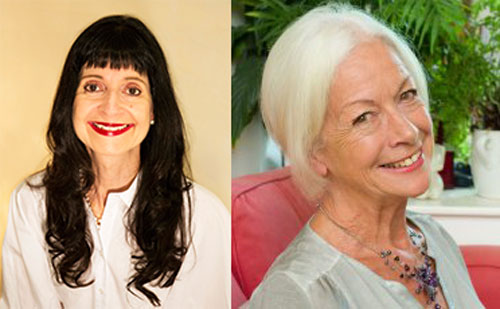
C.M. Rubin and Scilla Elworthy
Vielen Dank an unsere 800 Plus globale Beiträger, Lehrer, Unternehmer, Forscher, Wirtschaftsführer, Studenten und jeder Domain Vordenkern aus für Ihre Perspektiven auf die gemeinsame Nutzung Zukunft des Lernens mitDie globale Suche nach Bildung jeden Monat.
C. M. Rubin (Cathy) ist der Gründer von CMRubinWorld, ein online Verlag konzentriert sich auf die Zukunft des globalen Lernens, und das Mitbegründer von Planet Classroom. Sie ist der Autor von drei meistverkauften Büchern und zwei weit online lesen series.Rubin erhalten 3 Upton Sinclair Auszeichnungen für „The Global Search for Education“. Die Serie, die Befürworter für die Jugend, ins Leben gerufen wurde in 2010 und bringt aufstrebenden Vordenker aus der ganzen Welt den Schlüssel zu erkunden Bildungsfragen von Nationen konfrontiert.
Folgen Sie C. M. Rubin auf Twitter: www.twitter.com/@cmrubinworld


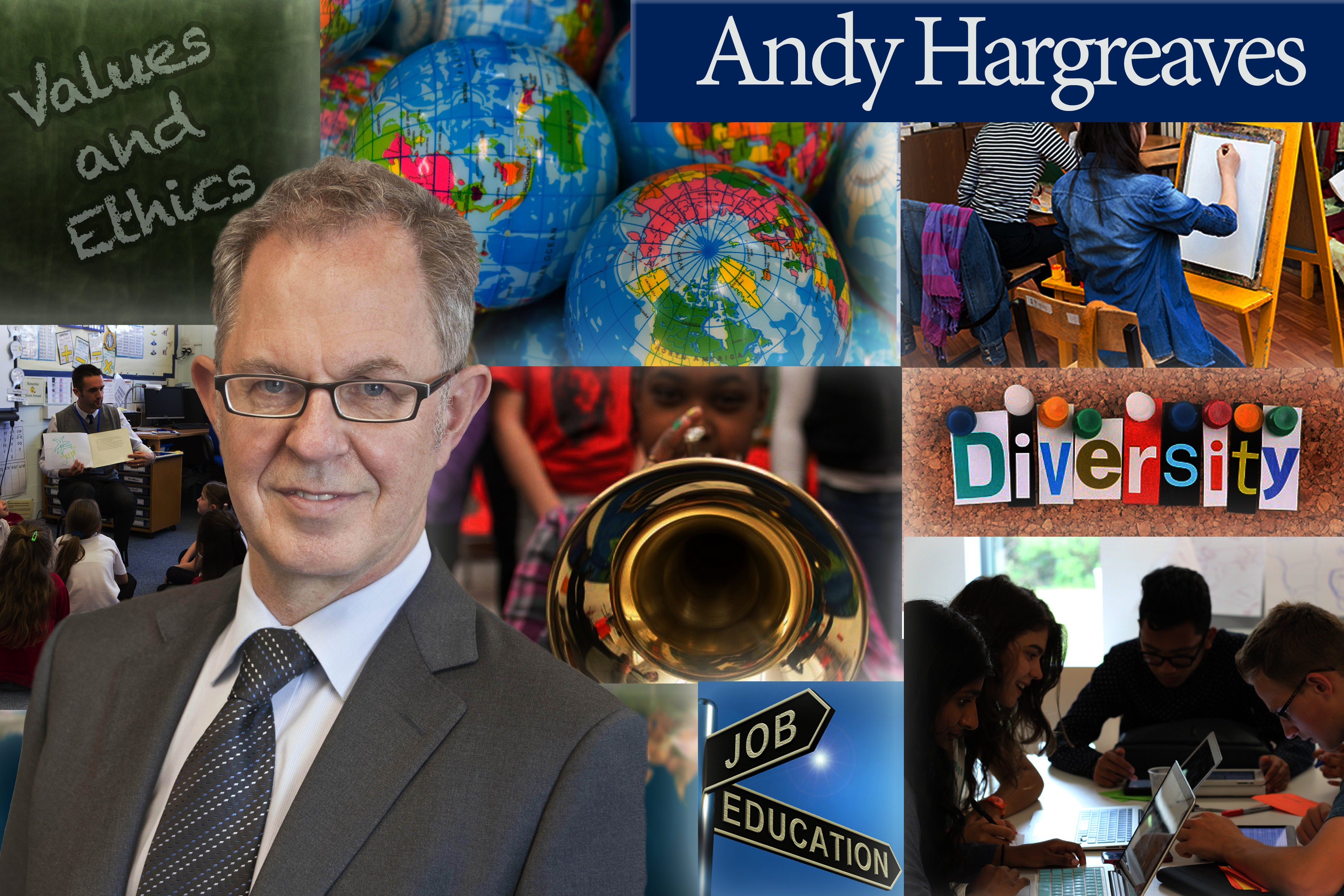
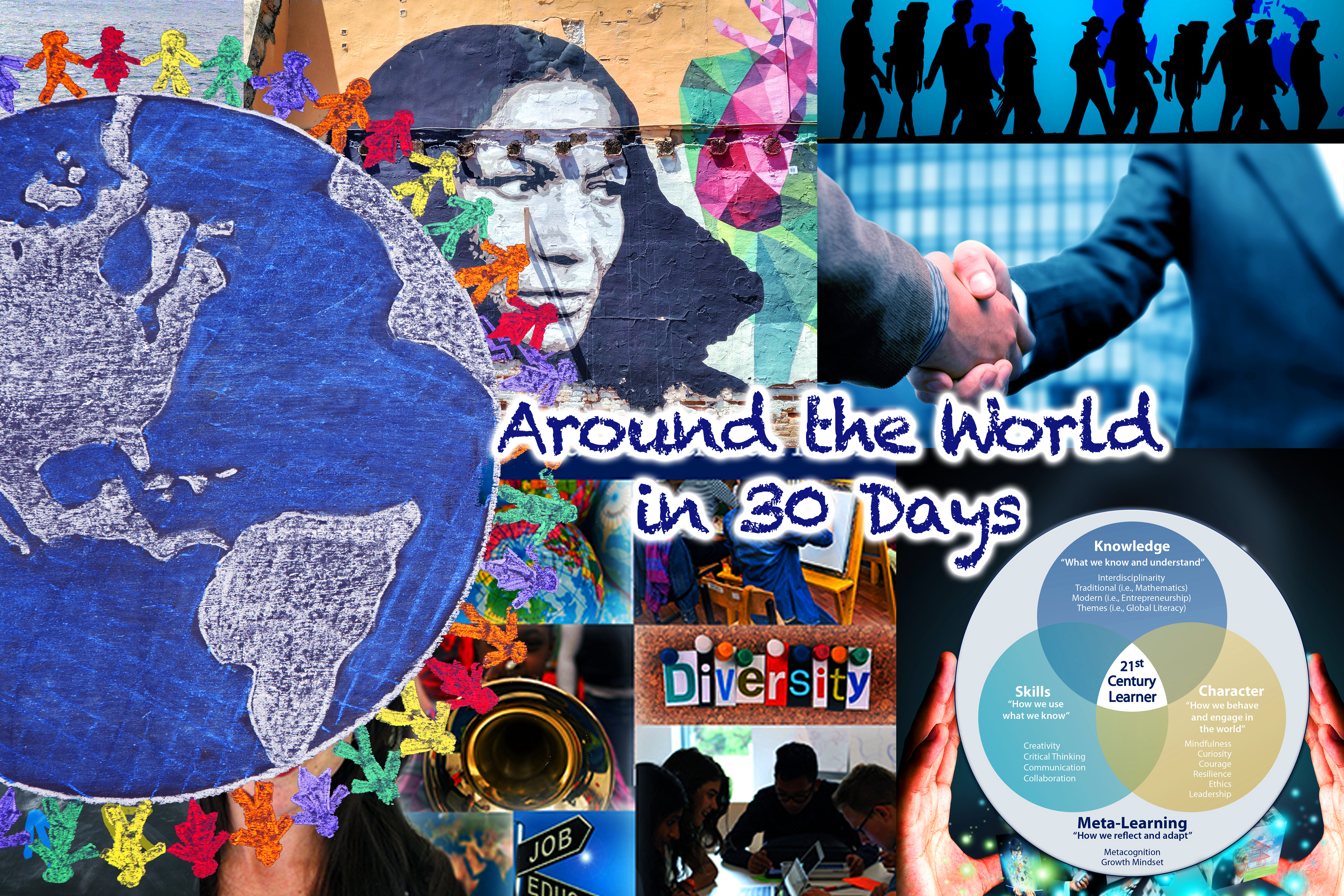
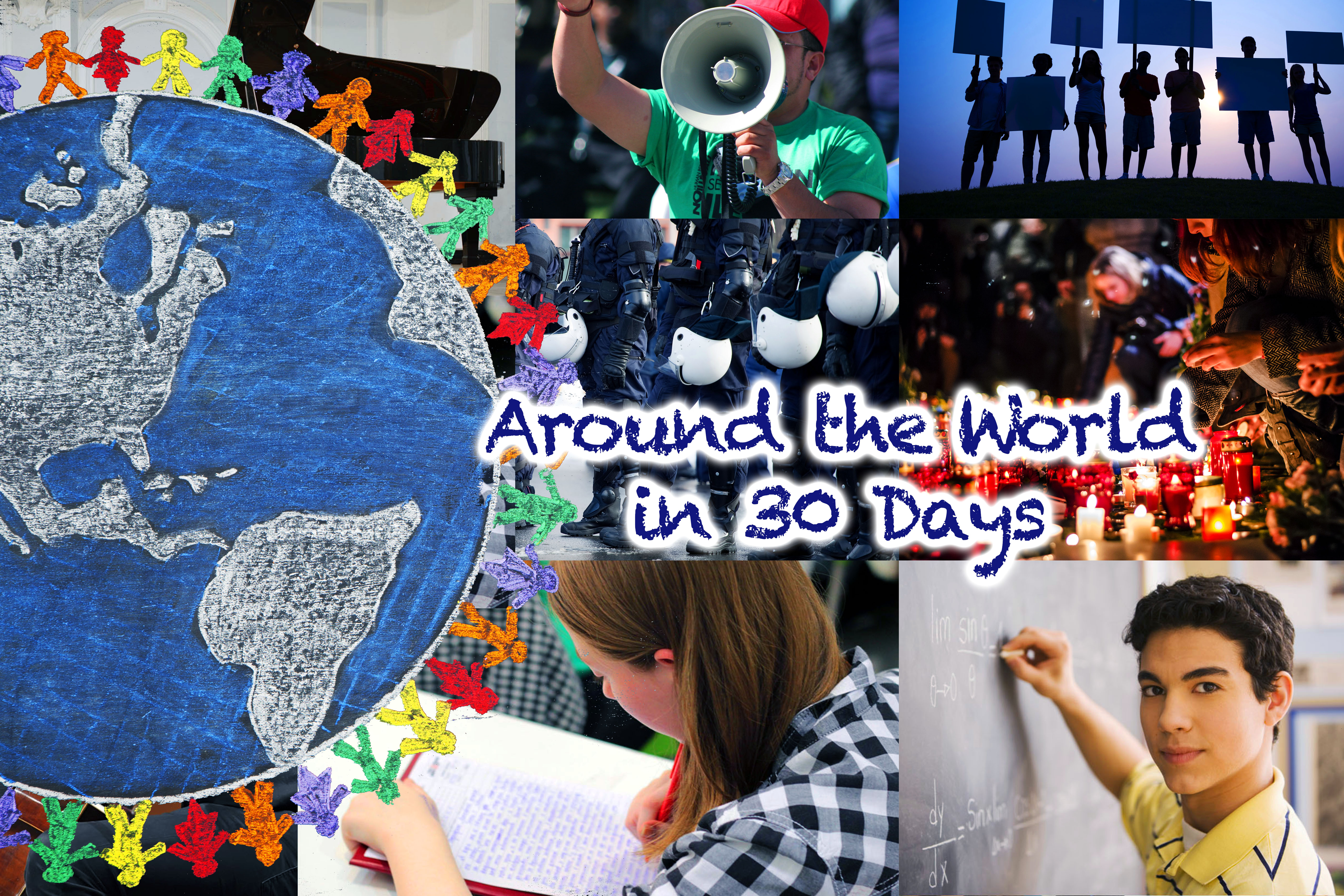
Jüngste Kommentare